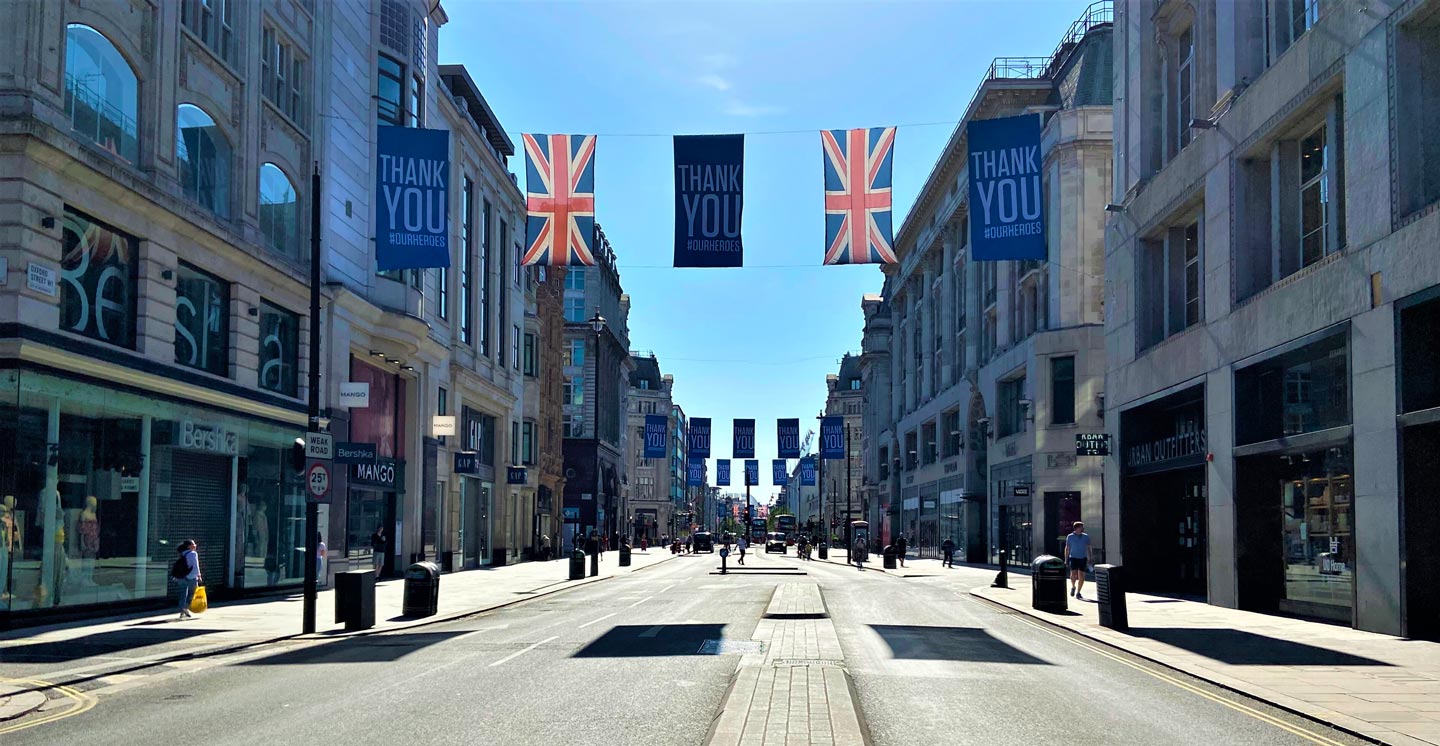
On 5 January 2020 last year the WHO issued a Disease Outbreak News containing information from China about a cluster of pneumonia cases in Wuhan. The first official COVID-19 cases in the UK were confirmed on 31 January 2020. During the last twelve months we have witnessed a broad spread of the virus and associated illness and death, leading to a range of unprecedented social and economic interventions by Governments globally. Both the virus and its countermeasures have had an enormous impact on life as we know it. As we pass the one year mark it seems a sensible moment to take stock of events.
In the UK, the main focus of Government policy has been to restrict social interactions with the aim of controlling the spread of the virus. On 2 March 2020, a COBRA meeting took place to develop an action plan. In the weeks that followed, the Government diverged dramatically from the pre-formulated pandemic plans already in place. By 21 March all schools were closed and the ‘COVID-19 restrictions’ approved by Parliament came into force on 26 March. Since that day the whole of the country has been continuously under some form of restrictions, with frequent shifts in severity and geographic application. This includes three periods of national restrictions in England, various regional tiered regimes, the introduction of mandatory self-isolation and face coverings, several efforts at mass testing schemes and the implementation of Test and Trace.
Alongside restrictions have come support measures to cushion the financial impact on individuals and certain economic sectors. In his March 2020 budget the Chancellor provided GBP30bn to protect the economy, quickly followed by GBP330bn of loan guarantees to support businesses and an 80% furlough scheme for employees. Since then, nearly 200 financial support measures have been announced with an estimated cost for the 2020-21 financial year of GBP280bn, roughly double the 2019-20 cost of the entire NHS.
So what have been the results? Total deaths in 2020 were significantly higher than the previous 5 years, driven by the initial COVID-19 spike in March/April. The vast majority of those deaths occurred in older age groups and those with significant comorbidities. There is likely to be a longer term increase in deaths from delayed treatment of non COVID-19 diseases, as well as increased mental health issues, particularly among school-age children and students. The NHS is feeling extreme pressure in critical care, in spite of extra funding and time to prepare for a winter increase in cases.
In economic terms, GDP is estimated to fall by an annualised 11% – the largest drop in annual output since the Great Frost of 1709. The UK budget deficit is set to increase to £394 billion, 19% of GDP, its highest level since 1944-45. The national debt now exceeds two trillion pounds and is predicted to reach 105% of GDP, its highest level since 1960. Many businesses have struggled to cope, notably in hard-hit sectors such as entertainment and hospitality. In spite of business support measures, unemployment has begun to rise dramatically, with record redundancies and around 270,000 more unemployed 16-24 year olds between March and October.
None of this is remarkable when compared to other countries. The majority have enforced social distancing measures including movement restrictions and face coverings, with greater or lesser degrees of severity. Many have taken similar economic measures, with material impacts on GDP and debt. The relationship of measures to the spread of the virus or the number of deaths has been difficult to quantify, with some of the worst hit places adopting the strictest measures and vice-versa. Numerous academic studies have failed to find a quantifiable impact of restrictions on cases, hospitalisations and deaths, despite the intuitive notion they should make a difference.
What is certain is that we need to think critically about measures that have never been tried before. Can we improve the debate around the costs and benefits both in terms of public health and economics? Even assuming vaccines are successful in overcoming COVID-19, the next pandemic will raise many of the same questions. It is therefore imperative that we forensically examine the decisions of the past year to better prepare the UK for future scenarios.
